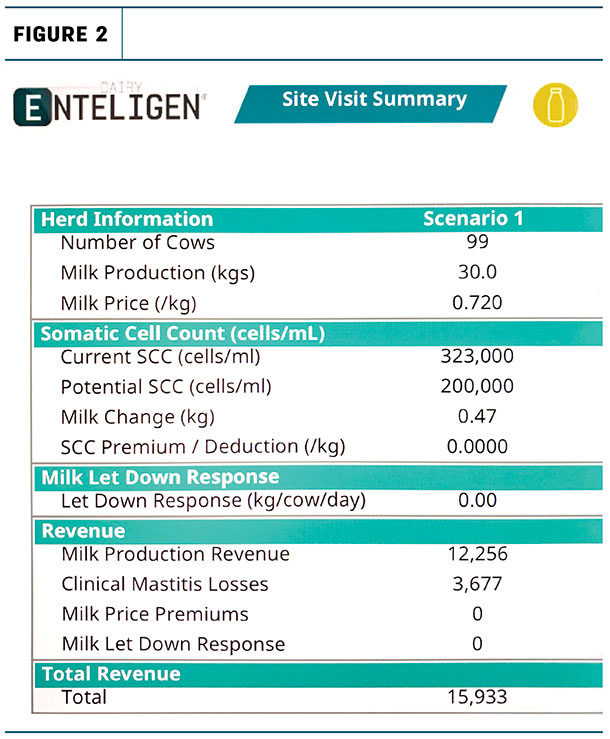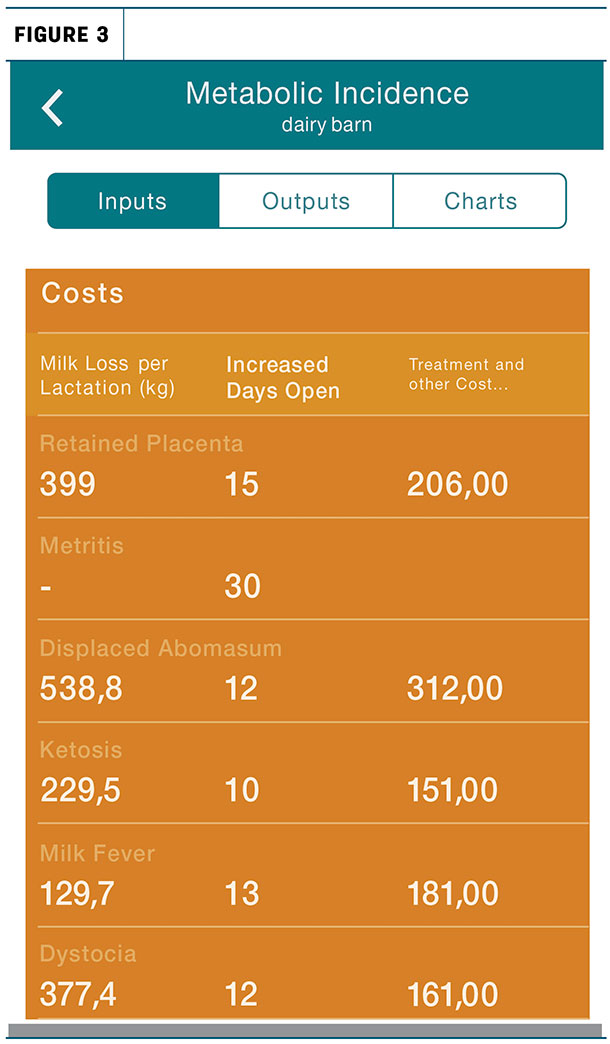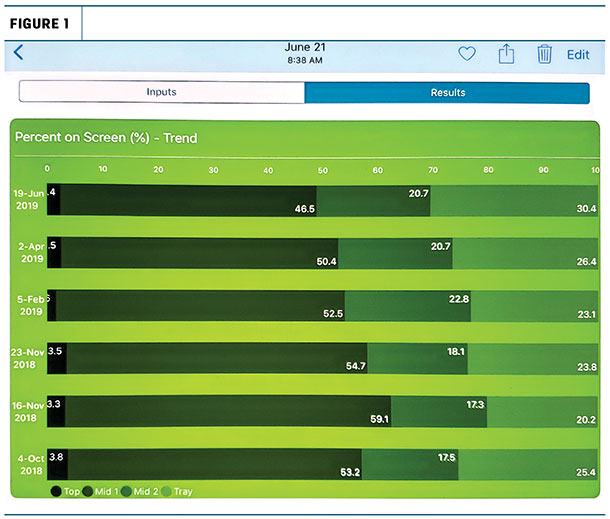This drastic increase in readily available information has pushed farmers to seek out various industry personnel to provide insight not only on how to best make use of the vast information but also what best next steps would be in order to improve their chances for success.
In the past, most industry personnel such as equipment dealers, nutritionists, veterinarians, etc., worked solo for their client with little to no interaction among each other. This is mostly due to the challenge of scheduling appointments with both the producer and other members at a time that works into everyone’s schedule.
However, with increasing scientific and technological advances (like Big Data), tighter producer margins, heightened consumer awareness and demand surrounding animal welfare, nutrition and health, dairy farmers require a team approach to ensure their business succeeds in a shrinking marketplace.
On every operation, nearly every aspect of the farm impact both the veterinarian and nutritionist. It is crucial for the success of all producers that everyone involved directly with the operation work together as one unit.
Below are a few examples where the nutritionist and veterinarian working together as a team benefits the shared client and, in return, themselves.
Ration impact on milk production and components
In order for dairy rations to perform as designed, the “three on-farm rations” need to be as similar as possible. The three on-farm rations are the ration balanced on paper, the recipe put into the mixer and the final ration the cow consumes.
The further apart these are from one another, the greater the chance the on-farm results will not meet expectations.
The most common goals reviewed by producers are milk production and milk components. Both milk production and components can be used as one of many measures to determine if the herd is utilizing the ration as formulated and in good metabolic health.
For example, when butterfat begins to decline, the first instinct is ruminal acidosis. As a team, the producer, veterinarian and nutritionist need to work through various scenarios to determine the cause for the drop.
- Recent forage change?
- Changes in forage dry matter?
- When were the forages last tested, and should they be tested again?
- Changes in dry matter intake (DMI)?
- Manure consistency and variation?
- Changes in mixing equipment, recipe order or timing?
Using historical data from data collection programs, in combination with the formulated diet, the ration the producer is feeding as well as the veterinarian’s herd health observations, the root cause for inadequate component performance can more efficiently be uncovered and resolved.
Figure 1 demonstrates the importance of historical data to help quickly diagnose a butterfat suppression case.
Click here or on the image above to view it at full size in a new window.
Over time, it was noted that the TMR Penn State Separator analysis was becoming finer after each visit. During the spring, the mixer had a knife service performed, making the TMR even finer to the point rumen health may be negatively impacted.
However, because of the busy planting season, this small yet important detail had not been communicated. It was later expressed over the course of a month the butterfat dropped by 0.2%, yet there had not been any forage or diet changes during that time.
By looking at the historical herd walk-through data, veterinary oversight of the herd’s health performance and group discussions with the producer, it was quickly determined the third on-farm ration (the ration the cows consume) was the root cause of the inadequate butterfat.
The mixing time and chop length of the TMR was addressed, resulting in milk components returning back to normal.
Milk quality parameters – somatic cell counts
It’s no surprise that, generally speaking, lower somatic cell count (SCC) herds have greater returns through optimal herd health and production performance. However, it can be hard to determine the true economic impact higher SCCs have on an operation.
Figure 2 depicts an example of total revenue an operation could generate over the course of a year by reducing SCC down to a more reasonable level.

These economical values take into account drug costs, lost milk through keeping treated milk out of the tank as well as reduced overall milk production per cow.
Discussing the economic impact with the veterinarian initiates constructive conversations with producers in regard to where the stress in the herd is coming from and how to correct it.
In most cases, the fix can be quite simple through a slight change in management practices. However, there are other times where the answer isn’t quite as straightforward and requires a more specialized approach.
Having both veterinarians’ and nutritionists’ combined knowledge on bovine health, nutritional implications, best management practices and overall herd observations provides a uniform voice in suggesting best next steps in resolving milk quality parameters in the most effective manner.
Transition disease prevention
The transition period has the greatest impact on the success of an entire operation, as a smooth transition establishes the vital health requirements necessary for a successful lactation.
Unfortunately, this stage of production is often neglected, in spite of it being the most stressful period of a cow’s life. In addition, inadequate recording of metabolic diseases further impacts the ability of the producer to know the full extent various diseases have on their operation.
For example, Figure 3 demonstrates the economic impact of different transition illnesses.

Using ketosis as an example, a single case of ketosis will generate an estimated milk loss of 540 kilograms, an additional 12 days open and costs $312 in medical expenses.
Working closely with a veterinarian and a nutritionist together will enable each producer the ability to develop a protocol that works best for their management style and farm needs.
Ensuring optimal nutrition (including additives such as methyl donors) and a stress-free environment have substantial impacts on the herd’s ability to transition from the dry period to a successful lactation group disease-free.
The money saved in reduced medication costs, improved peak milk and reduced days open provide the funding to not only invest back into this group but provide additional funding to invest in further improvements in other areas of the operation.
The importance of nutritionists and veterinarians working together as a team cannot be underestimated. The ability to combine, interpret and utilize as much information as possible enables dairy producers to make the most informed and educated business decisions.
Putting the best interests of the producers first enables industry personnel like ourselves to provide proven solutions in a manner that benefits the entire industry.
We are all in this together. The more we all work together, the more prosperous our industry will become. ![]()

-
Danielle Kiezebrink
- Western Canada Ruminant Technical Support Consultant
- Cargill Animal Nutrition









